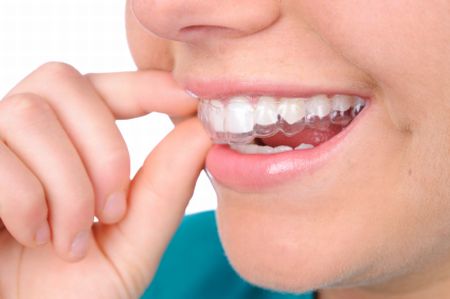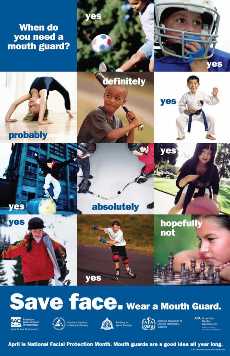Top Ten Ways To Keep Your Retainers Safe This Summer
June 25th, 2025

Summer is in full swing! It’s time for lazy days on the beach, summer cookouts and family vacations. But before you rush out the door to your next summer adventure, the team at Bel Air Orthodontics wants to remind you about the importance of keeping your retainer and your smile safe this summer.
Here's a fact: More retainers are lost over the summer than any other time of the year! Why, you ask? There a number of factors, but it comes down to the fact that your retainer is spending too much time out of your mouth! Summer fun brings a change in your daily routine, more meals with family and friends, and that usually means more opportunities to lose, break or forget your retainer.
Your retainer is an important part of your orthodontic treatment, so follow these tips to keep your retainer and your smile looking great:
- Never Wrap It In A Napkin - While a retainer on the table might not be the most appetizing sight, hiding it in a napkin is a quick and sure way to accidentally send your retainer into the trash can!
- Keep It Away From Fido – It’s a fact, dogs love the smell and taste of saliva on retainers, and they’ll go to impressive lengths to get their canines on them. Never leave your retainers on a night stand, counter, or table where they can jump up and snag the appliance. Remember, dogs like to chew on things . . . this includes retainers!
- Don’t Be Random – While spontaneity is a good thing in life, it’s a bad thing when it comes to storing your retainer. If you put your retainer in random places, you’re bound to eventually forget where it is. Instead, create designated spots to keep your retainer. Whether it’s the same spot in your purse or backpack, a special drawer in your bedroom, or a cabinet in the kitchen, you’ll always know where it is.
- Take Them Out When Swimming – More than one retainer has ended up lost in the ocean surf, the bottom of a lake or public pool. Don’t let the next one be yours!
- Don’t Put It In Your Pocket - Your retainer is more fragile than you think. Placing it in your pocket often leads to loss or breakage. Just imagine the look on your Mom’s face when she discovers that she tossed that pair of jeans or jacket in the washer and dryer without knowing the retainer is tuck away in the pocket. Let’s just say that story doesn’t end well.
- Don’t Throw It In Your Sports/Gym Bag – Let’s face it, your smelly gym bag is no place for your retainer! Picture the contents of that gym bag . . . dirty sneakers, empty food wrappers, and a host of other undesirable things. Once your retainer is in there, you’re likely to damage, forget or misplace it.
- Clean It With Luke Warm – NOT HOT WATER - While keeping your retainer clean and bright is important, never use hot water to clean it or boil it to sterilize. Heat will distort and damage your retainers. Instead, soak your retainers in a denture cleaning product like Efferdent® once a week to keep them clean.
- Don’t Leave It In The Hot Car – Temperatures in a closed car during the summer can reach temperatures in excess of 130 degrees. Retainers will melt in these temperatures, so remember to take them with you.
- Label Your Retainer Case – If you do happen to misplace your retainer, your chances of having someone return it are much greater if your name, phone number and/or email address are on the case.
- Don’t Forget To Wear It – If you are wearing your retainer when you’re supposed to, you’re much less likely to lose it. Make wearing your retainer as prescribed your new healthy habit!
- Always Keep Your Retainer In Its Case When Not In Your Mouth – This is Dr. Stephen Godwin’s number one rule! Your case is designed to keep your retainer safe when it’s not in your mouth, so remember to use it.
If you do happen to have a retainer mishap over the summer, make sure you contact us as soon as possible so that we can schedule an appointment to make a replacement appliance. Remember, every day that your retainer is not being worn, tooth movement is occurring. So don’t delay, call the team at Bel Air Orthodontics today if you have any questions about your retainer wear and care. We hope you have a safe, fun-filled summer!




